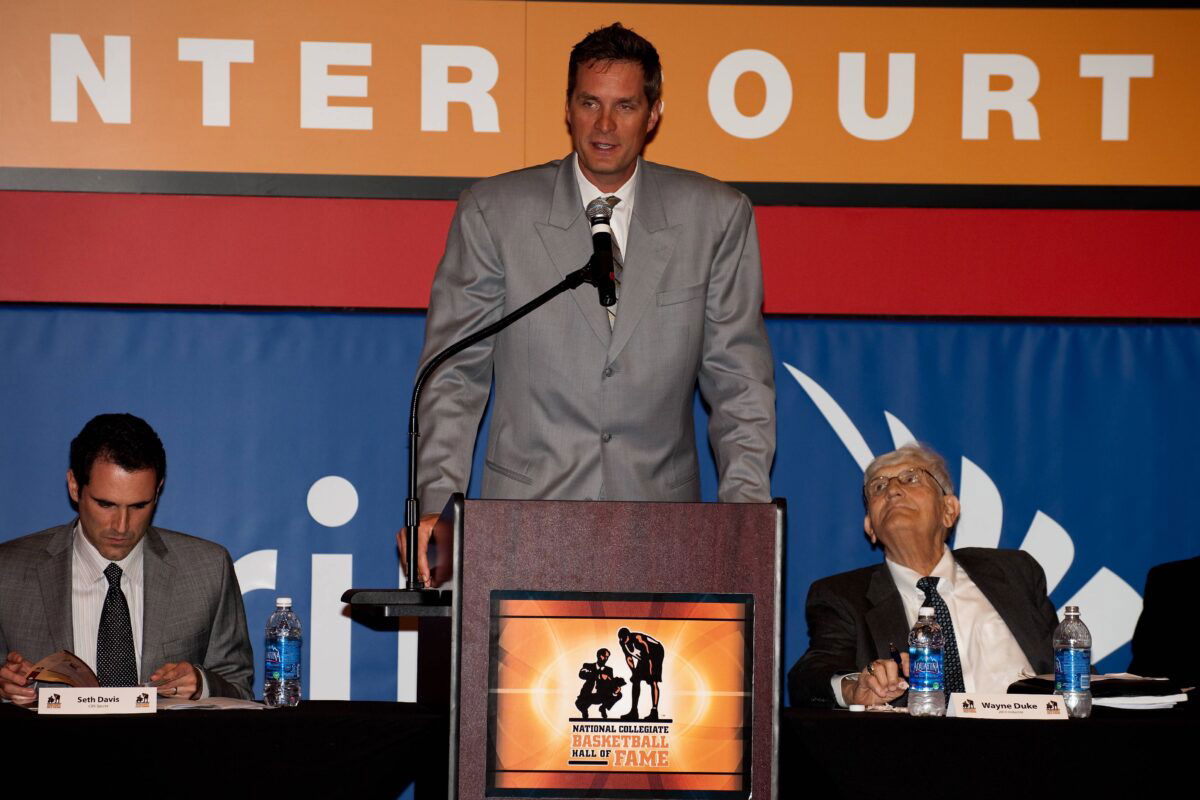
Imago
Bildnummer: 06911189 Datum: 21.11.2010 Copyright: imago/Icon SMI November 21 2010: Christian Laettner during the National Collegiate Basketball Hall of Fame Induction Celebration at the College Basketball Experience in Kansas City, MO. PUBLICATIONxINxGERxSUIxAUTxHUNxRUSxSWExNORxONLY Icon101121003; Basketball Herren USA NCAA College League Collegebasketball vdig xmk xo0x 2010 quer Image number 06911189 date 21 11 2010 Copyright imago Icon Smi November 21 2010 Christian Laettner during The National Collegiate Basketball Hall of Fame Induction Celebration AT The College Basketball Experience in Kansas City Mo PUBLICATIONxINxGERxSUIxAUTxHUNxRUSxSWExNORxONLY Basketball men USA NCAA College League College basketball Vdig xmk xo0x 2010 horizontal

Imago
Bildnummer: 06911189 Datum: 21.11.2010 Copyright: imago/Icon SMI November 21 2010: Christian Laettner during the National Collegiate Basketball Hall of Fame Induction Celebration at the College Basketball Experience in Kansas City, MO. PUBLICATIONxINxGERxSUIxAUTxHUNxRUSxSWExNORxONLY Icon101121003; Basketball Herren USA NCAA College League Collegebasketball vdig xmk xo0x 2010 quer Image number 06911189 date 21 11 2010 Copyright imago Icon Smi November 21 2010 Christian Laettner during The National Collegiate Basketball Hall of Fame Induction Celebration AT The College Basketball Experience in Kansas City Mo PUBLICATIONxINxGERxSUIxAUTxHUNxRUSxSWExNORxONLY Basketball men USA NCAA College League College basketball Vdig xmk xo0x 2010 horizontal
Christian Laettner, the Duke legend who somehow made “hated-and-loved” a full-time job, was a beast on the court. Standing 6-11 and weighing 235 pounds, he could dominate both the power forward and center spots. Drafted third overall by the Minnesota Timberwolves in 1992, Laettner had a solid 13-year NBA run, racking up over $61 million in salary. From his high school days at Nichols School in Buffalo to college glory at Duke, he was always in the spotlight.
Watch What’s Trending Now!
But here’s the fun part—imagine Laettner in today’s world of NIL deals and social media branding. Back then, he earned a lot from pure basketball, sure. But with the way Name, Image, and Likeness deals are blowing up now, he probably could have made way more off the court. Makes you wonder—what if Christian Laettner had the modern NIL boom at his fingertips?
ADVERTISEMENT
What is NIL, and why does it matter to college athletes?
“NIL” stands for name, image, and likeness—basically, your legal right to profit from your own fame. For over a century, student-athletes weren’t allowed to make a dime from their own NIL. All that money from TV contracts, packed stadiums, and jersey sales? It went straight to universities, coaches, and conferences. Star players? They got scholarships and small stipends, and that was it. A 2021 Chicago Booth study showed just how crazy that was: top college quarterbacks could have made $2.4 million a year, and elite basketball players $1.2 million if college sports shared revenue like the NFL or NBA.
Everything changed on July 1, 2021, when the NCAA introduced new bylaws after years of pushback. Suddenly, college athletes could profit from their own NIL through endorsements, business ventures, and even hire professional reps to help. High schools soon followed, giving younger athletes a shot at the same opportunities. And just this July, the House v. NCAA settlement formally allowed schools to share revenue with athletes for the first time ever. Schools can now use their own funds to pay players, with caps starting around $20.5 million per school in 2025-26 and potentially rising to nearly $33 million over the next decade.
Top Stories
Did NBA Fine Derrick White and Grady Dick for Exchanging Jerseys? Fact Checking Viral News
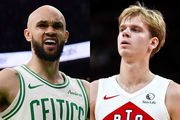
What Happened to Draymond Green? Warriors Star Heads to Locker Room in 3rd Quarter vs. Magic
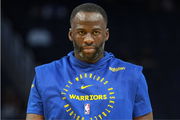
Orlando Magic vs. Golden State Warriors Player Stats, Box Score and Game Recap (Dec 22) – 2025–26 NBA Season
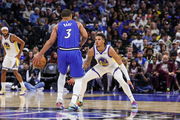
Steve Kerr Announces Decision on Warriors Future Amid Uncertain Contract Situation
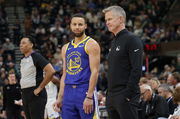
Is Steph Curry Playing Tonight? Latest Magic vs Warriors Injury Report (Dec 22)
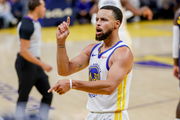
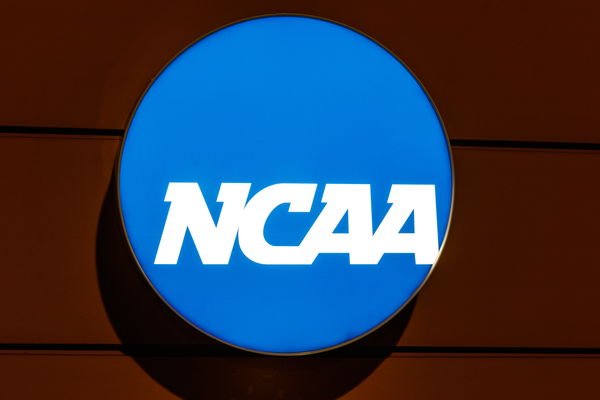
Imago
NCAA Headquarters. The National Collegiate Athletic Association regulates athletic programs of many colleges and universities I, Indianapolis – Circa: March 2019: NCAA Headquarters. The National Collegiate Athletic Association regulates athletic programs of many colleges and universities I
So, why does NIL matter so much? For starters, it completely flips the old system on its head. Before, college athletes had no choice but to play for free—earning scholarships and tiny stipends while schools raked in millions from TV contracts, packed stadiums, and merchandise. Now, with NIL, athletes can profit from their own fame, sign endorsement deals, start businesses, and even hire agents to help manage it all. Take Kiyan Anthony, son of Carmelo Anthony, for example. With $1.1 million in NIL deals already to his name (per On3)—including One Way Clothing, PSD Underwear, Nerf, AT&T, and the Mamba & Mambacita Sports Foundation—he’s building a brand as fast as he’s elevating his game.
ADVERTISEMENT
It’s also about education and empowerment. NIL teaches athletes valuable lessons in financial literacy—how to negotiate contracts, pay taxes, save, invest, and even donate to causes they care about. And it’s leveling the playing field for women’s sports, too. Players like Paige Bueckers and Olivia Dunne are earning millions, gaining visibility, and using their platforms to advance gender equity. Essentially, NIL isn’t just a rule change—it’s a complete game-changer for how athletes experience college sports.
ADVERTISEMENT
Did Christian Laettner ever benefit from NIL?
Christian Laettner had a quietly legendary college career at Duke from 1988 to 1992. He won two NCAA titles, was Final Four MVP, National Player of the Year, and even became the SEC’s all-time leader in NCAA tournament points with 407. On top of that, he was the only college player on the original Dream Team in 1992, bringing home Olympic gold. Sounds like the perfect recipe for NIL deals, right? The catch—NIL rules didn’t exist back then. They only came into play in 2021, long after Laettner’s college days, so he never had the chance to profit from his name, image, or likeness.
ADVERTISEMENT
How much might Christian Laettner have made in the NIL era?
With the NCAA tournament underway, Yahoo Sports asked a big question: which past men’s college basketball legends would have cashed in the most if NIL had existed in their day? And yep—Christian Laettner’s name popped up. Think about it: four-time Final Four participant, two-time national champion, and college basketball’s player of the year as a senior. Oh, and that unforgettable buzzer-beating turnaround jumper in the 1992 East Regional final over Kentucky? Pure legendary.
His stats back it up too—over 27 points, 16 rebounds, and 7 assists per game across his Duke career, shooting over 57% from the field as a junior and senior, and even nailing 55.7% from three-point range in his final season. In short, Laettner dominated the court like few others ever have.
ADVERTISEMENT
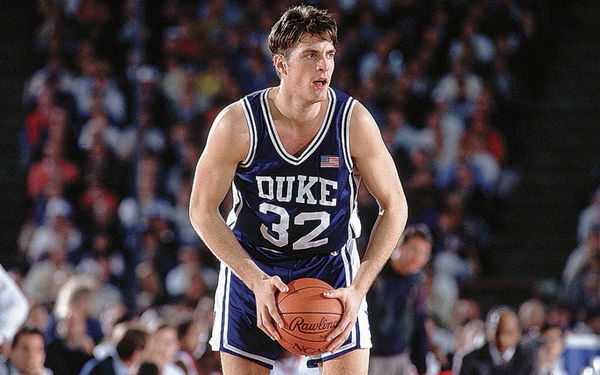
But it wasn’t just his numbers that would have made him a marketing goldmine. Laettner was brash, cocky, a little of a bully, and above all, he always won—he even famously stepped on an opposing player and got away with it. “One of my favorite marketing mantras is ‘either love me or hate me, but feel me.’ You either loved Laettner or hated Laettner. That drives conversation, brand value, and dollars,” said Michael Ehrlich, founder and CEO of Playbook Marketing.
ADVERTISEMENT
Imagine brands in the modern NIL era snapping up a player like that—he could have commanded millions, maybe as much as any top college athlete today, just from endorsements alone. Laettner’s legacy? On the court, iconic. In today’s NIL world? He’d have been a branding juggernaut.
Why has Christian Laettner criticized NIL and its practices?
Unlike some past NBA players, the 1992 Dream Team member has been vocal about how the game has changed—and not for the better, in his eyes. “Everyone says the horse is out of the barn, and I’m here to tell you that everything is going wrong. NIL, take it away. Transfer portal, take it away. Expanding the stupid tournament, take it away. You have to make it feel special, you have to make people earn their spot to get in the tournament. I know everything is about money, money makes the world go round. Everything they’re doing is wrong,” he told The Dan Patrick Show. Laettner’s frustration is clear: he believes the NCAA is chasing cash at the expense of the game itself.
ADVERTISEMENT
Laettner explained how these changes hurt team culture and development. “They gotta take out the NIL…how can you establish any type of culture at a school when you’re getting new kids every year? That would mean every year was like my freshman year at Duke. And you’re so much better your third, your fourth year when you’re under one system, one program, one coach, one specifically defined culture. The way you want to play offense. The way you want to play defense,” he said.
Laettner even connected the dots between these modern changes and coaching departures, pointing to names like Nick Saban and Jay Wright, saying, “I don’t know how the coaches do it in today’s game, and that’s why some of the better ones are starting to quit.” And Laettner isn’t the only one raising concerns. Shaquille O’Neal has criticized how quickly players can jump from school to school.
He pointed out that if he were paying a player a million dollars, they shouldn’t be leaving after just 300 days—they should stay at least two years. Shaq wants more loyalty and believes the current system is hurting high school athletes, who are missing opportunities because of all the transfers.
ADVERTISEMENT
Charles Barkley also weighed in, saying the current college athletics model is unsustainable. He admitted he’s given more money to Auburn, legally or not, than any athlete in school history, but he isn’t willing to keep giving millions every year just to stay competitive. Barkley’s main concern is how NIL deals are affecting team dynamics, creating divisions in locker rooms.
For Laettner, Shaq, and Barkley, it’s not that they’re against athletes earning money—they understand that—but they’re worried about how these changes are impacting culture, loyalty, and the core spirit of college basketball.
ADVERTISEMENT
ADVERTISEMENT
ADVERTISEMENT

